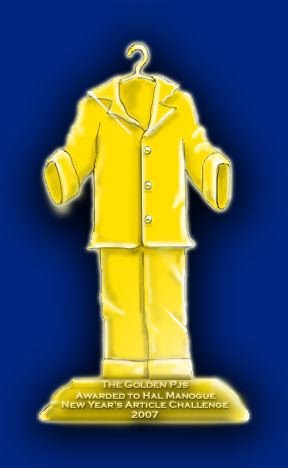Yet, ever since my youth, I have made this judgment without any reason for doing so that a star affects my eyes no more than does the flame from a small torch. And although I feel heat as I draw closer to the fire, and I also feel pain upon drawing too close to it, there is not a single argument that persuades me that there is something in the fire similar to that heat anymore than to the pain. On the contrary, I am convinced only that there is something in the fire that, regardless of what it finally turns out to be, causes in us those sensations of heat and pain.
And although there may be nothing in a given space that moves the senses, it does not therefore follow that there is no body in it. But I see that in these and many other instances I have been in the habit of subverting the order of nature. For admittedly I use the perception of the senses for signifying to the mind what things are useful or harmful to the composite of which it is a part. And to that extent they are clear and distinct enough as reliable rules for immediately discerning what is the essence of bodies located outside us. Yet they signify nothing about that except quite obscurely and confusedly.
Rene Descartes in his 1641 sixth meditation from, Discourse on Method and Meditation on First Philosophy is trying to put the order of nature in terms that can be objectively understood. There is nothing in a fire but a flame of consciousness that manifests to experience a distinct part of our reality. This consciousness is in the structure of our reality because we put in there in order to feel and sense another aspect of consciousness physically. The fire expands awareness just like our thoughts and feelings, which give off shadows. We call them hallucinations that are quite valid.
They play a strong part in physical reality as well as in dream reality. These shadows alter the perceived environment and another level of reality manifests. They are not passive and their shape is not dependant on their origin.
These shadows, like the oak tree that casts a shadow on the ground, move freely with the tiniest movement of the smallest leaf. But, its freedom to move is dictated by the motion of the oak. Not one oak leaf shadow will move unless its counterpart does.
In dreams these shadowy thoughts are free to pursue any direction and there is a creative give and take between the shadow and its counterpart. In this physical reality these shadows are also dependant on our focused thoughts as well as our beliefs about such things.
Regardless of the shape of the shadow our beliefs will dictate what the physical senses feel. There may be and are other forms of consciousness within these shadows, but out limited thoughts about the order of nature keep us in a confused and obscure state of awareness. We gradually sense this shadowy order using contrast, and from that awareness the shadow manifests as the counterpart expands.
Subscribe to:
Post Comments (Atom)











No comments:
Post a Comment